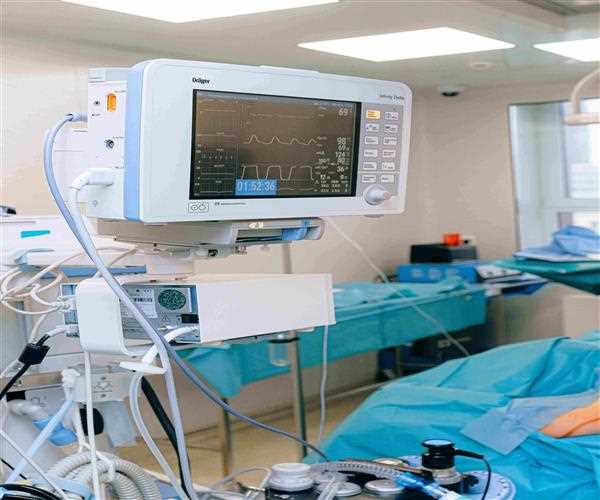Without a doubt, pandemic technology has accelerated innovation and its use in health care. Patients can now access medical treatment more easily and quickly outside the traditional four walls of the medical facility, improving comfort and access for all.
Thanks to TeleHealth, patients can now receive care without the need to visit the office in person. In addition, remote patient monitoring is becoming more popular. Wearable technology with amazing capabilities, from remote monitoring of vitals to remote echocardiograms, has gained considerable importance during the epidemic. Without the epidemic, it would have taken another decade for the health care sector to reach its present state.
As an industry, we still have a long way to go in terms of technology, but recent advances have put us in a strong position for innovation and progress. Healthcare technology businesses have a great opportunity to serve patients and physicians by providing the right equipment.
I see integrated data sharing, greater transparency for patients, and assessment analyses becoming more important in health care in the coming year and beyond.
Data exchange
One of the most important issues in today’s health care is the lack of data exchange between providers. Patient data and information are not constantly exchanged between physicians, leading to unnecessary interruptions, frustration, delays, and detrimental effects. It can also cause problems for health care systems. Securing health information, sharing information between HIPAA-compliant patient data and medical providers is one of the most important advances over the coming decade.
Disabling patient data and information can result in huge health care costs. This is largely due to medical examinations and unnecessary or unnecessary work-ups as physicians have no access to the patient’s complete medical history. Failure to share critical patient data and information can lead to unnecessary medical procedures, which in some cases can be fatal to patients.
In addition, the accumulation of unnecessary fees exacerbates one of the most serious problems in today's health care system: high-quality care is only available to those who are well insured.
Utilizing technology to increase treatment and access to the entire industry for both health systems and patients.
Integrating transparency in the medical life cycle
As a result of technological improvements and approval, patients will benefit from greater transparency at every stage of the medical life cycle. Over the years, the lack of clarity regarding specific services and charges has led to significant problems and myths. Unfortunately, it is very typical for patients not to know when medical treatment is being offered, when it is being offered, and how much it will cost.
Technology can help bridge the gap by making it easier for patients to access critical data and information from anywhere. The U.S. Department of Health and Human Services announced two revolutionary guidelines two years ago that will give people safer, more accessible access to their health care data so they can make informed decisions.
It is also important to make this information available to patients in a way that is understandable to all, including the poor, the uninsured, and the elderly. Openness is an important step in the medical life cycle to ensure that high-quality health care is available to everyone.
Predictive Analytics
In healthcare, advanced technologies such as Artificial Intelligence (AI) and Machine Learning (ML) continue to be used for assessment analysis. AI and machine learning are valuable technologies that are constantly evolving, and they help to create life-saving expectations for patients. It includes the following:
- The likelihood of a patient responding to specific medications or therapies.
- Which patients are at risk for injury in the absence of immunotherapy?
- Which patients are at risk of hospitalization and why?
- Remote vitiligo monitoring detects Kovid-19 and allows early diagnosis of infections.
- For example, the Ochsner Health System has AI technology that allows physicians to estimate when a patient is likely to be 'coded' or at risk of cardiac or respiratory arrest.
Predictive analytics is making waves in prevention and early detection and it is in good condition for more people to receive preventive medical treatment and avoid hospitalization.
Technical limitations
When it comes to implementing new technology, the biggest problem facing the healthcare business is the first fault rate. New technology products, in general, need to be repeated before they become reliable enough. This repetitive process can be difficult and can lead to miscalculations and bad advice.
To prevent this, technicians and practitioners must work together when implementing new technology. They must work together to fully test new devices and set up file-safe procedures until reliability is achieved.
Utilizing technology and mobility to their full potential
It is clear that now is the time for health care technology businesses to implement meaningful, long-term changes that will benefit patients and providers across the country.
The emergence of a mobile workforce, as well as the continued use of new technologies, will enable this change. Because some medical personnel is not limited by a central physical location, more services may be provided within the patient's surroundings or outside of a specific medical facility, including home.
In anticipation, the healthcare sector should focus on a single goal: to ensure that everyone has access to high-quality, low-cost treatment, regardless of personal circumstances. This is possible with advanced technology




Leave Comment